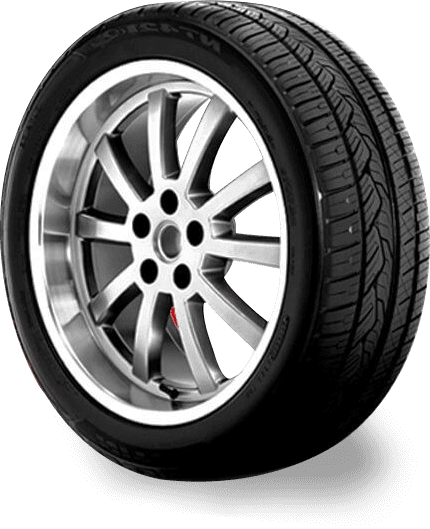
Nov . 07, 2024 20:06
Back to list
Understanding and Utilizing Pressure Reducers for Efficient Fluid Control Systems
Understanding Pressure Reducers Functionality and Applications
Pressure reducers are essential devices used in various industries to manage and control the pressure of gas and liquid flows. These components provide a reliable means to lower the pressure from a higher level to a desired lower level, ensuring safe and efficient operation of equipment and machinery. This article delves into the functionality, types, and applications of pressure reducers, highlighting their importance in various fields.
What is a Pressure Reducer?
A pressure reducer, also known as a pressure regulator, is a mechanical device designed to reduce the pressure of a fluid to a predetermined level. Typically, these devices work by employing two key components a sensing element that detects the downstream pressure and a controlling mechanism that adjusts the flow of the fluid. This allows for a consistent pressure output, regardless of fluctuations in the incoming pressure.
How Do Pressure Reducers Work?
The operation of a pressure reducer can be understood through its two primary functions regulation and measurement. When the incoming pressure exceeds the desired output pressure, the sensing element reacts by restricting the flow. This control helps maintain the output pressure at a constant level, despite variations that may occur upstream. As the downstream pressure drops, the regulator will open further to allow more fluid to pass through, stabilizing the system.
Types of Pressure Reducers
There are several types of pressure reducers available, each designed for specific applications and functions
1. Single-stage Pressure Reducers These are straightforward devices that reduce pressure in a single step. They are commonly employed in applications where the input pressure is not significantly higher than the output pressure.
2. Two-stage Pressure Reducers These devices feature two regulating stages, allowing for a more gradual and precise reduction in pressure. They are ideal for applications where high fluctuations in inlet pressure are normal, providing better stability in the output.
3. Back-pressure Regulators Unlike standard pressure reducers, back-pressure regulators maintain pressure on the upstream side of the device. They are primarily used in applications where it is critical to maintain a certain pressure level within a system.
pressure reducer

4. Electronic Pressure Regulators With advancements in technology, electronic pressure regulators have emerged, providing precise control over pressure levels with the integration of sensors and actuators controlled by software. These regulators are increasingly popular in automated systems and high-tech applications.
Applications of Pressure Reducers
Pressure reducers are utilized in a wide array of industries and applications, showcasing their versatility and importance
- Gas Distribution Systems In natural gas utilities, pressure reducers ensure the safe delivery of gas to consumers by managing the pressure from high-pressure grids to usable levels.
- Water Supply Systems Many municipal water systems rely on pressure reducers to ensure consistent water pressure at taps and appliances, preventing damage from excessive pressure surges.
- Industrial Processes In manufacturing, pressure reducers are used in pneumatic systems, spray applications, and chemical processing, where precise pressure control is crucial for safety and efficiency.
- Medical Equipment In hospitals, pressure reducers are vital for managing the delivery of oxygen and other medical gases, ensuring they are delivered at safe pressures for patient use.
- Automotive Applications Pressure regulators are essential in automotive fuel systems, maintaining optimal fuel pressure for efficient engine performance.
Conclusion
Pressure reducers play a pivotal role in a vast range of applications, from industrial manufacturing to everyday utilities. Their ability to maintain safe and consistent pressure levels enhances the efficiency, safety, and reliability of many systems and processes. As technology advances, the design and functionality of pressure reducers will continue to evolve, making them indispensable components in modern mechanical systems. Understanding how these devices operate and their diverse applications can lead to better system design and more efficient operations across various industries.
Latest news
-
Safety Valve Spring-Loaded Design Overpressure ProtectionNewsJul.25,2025
-
Precision Voltage Regulator AC5 Accuracy Grade PerformanceNewsJul.25,2025
-
Natural Gas Pressure Regulating Skid Industrial Pipeline ApplicationsNewsJul.25,2025
-
Natural Gas Filter Stainless Steel Mesh Element DesignNewsJul.25,2025
-
Gas Pressure Regulator Valve Direct-Acting Spring-Loaded DesignNewsJul.25,2025
-
Decompression Equipment Multi-Stage Heat Exchange System DesignNewsJul.25,2025

